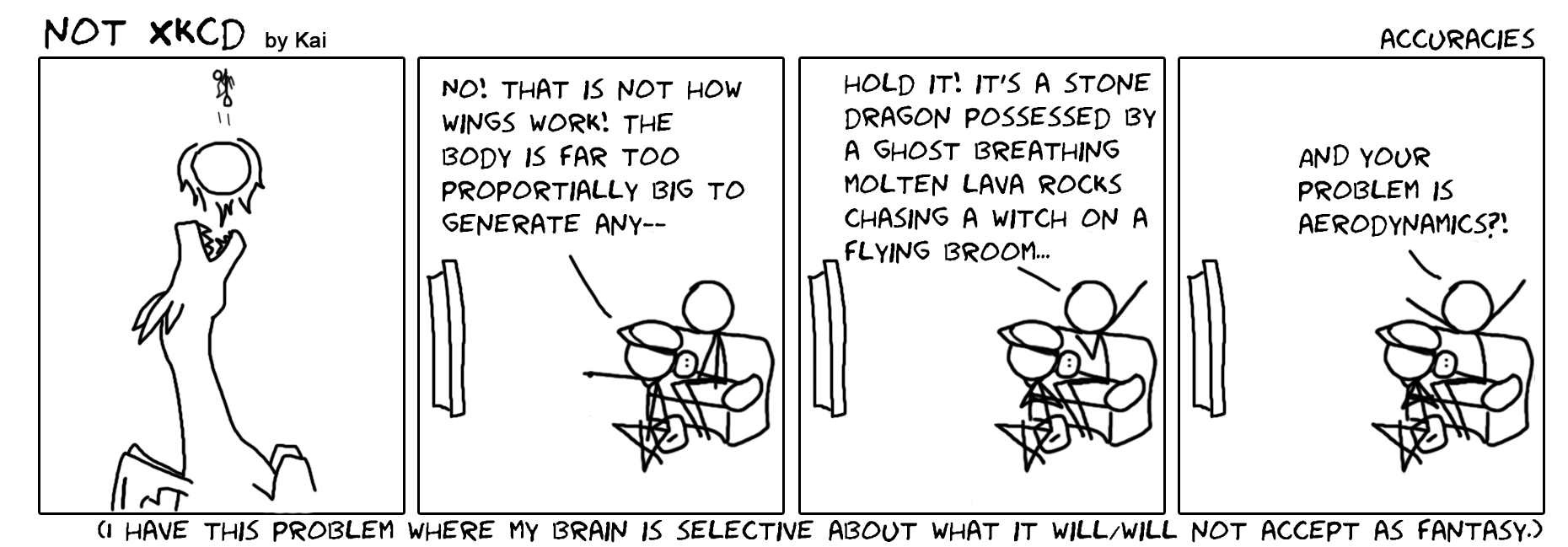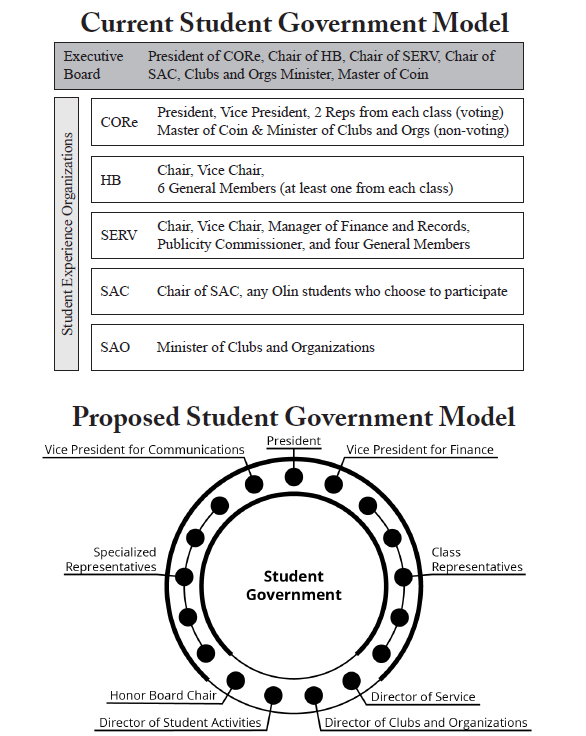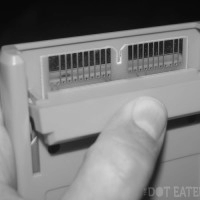Before arriving at Olin, we had heard about the kind of flexibility and experimentation built into Olin’s curriculum, best exemplified at the time by Olin’s learning continuum and its frequently changing course catalog. In the spring of 2006 Olin went through a curriculum redesign exercise that involved the entire community. As students going through that experience, we fell in love with the idea that we had genuine ownership, control, and responsibility for our educational experience. In fact, being a part of this process was itself learning outside the bounds of the course catalog. However, by the time we were seniors at Olin, and having spent a good deal of time thinking about learning, it was clear that the concept of a learning continuum was still underdeveloped, and students’ experiences remained incompletely described.
Olin’s original curriculum documents (e,g., “Once Upon a College” or “The Olin College Curriculum — A Play in 5 Acts”) describe individual students’ Learning Plans as one of the five primary ‘wondrous’ elements of the Olin student experience. Oh yes indeed. #Martello. Learning Plans were meant to be a collection of personal objectives, be those curricular or affective in nature, and they were intended to serve as the basis for one’s portfolio of work. This idea of formalized Learning Plans was something that resonated with us when we first read through Olin’s curricular script. These plans seemed to capture part of what we felt was missing from Olin’s Learning Continuum, but they sadly never made it out of Olin’s first full year.
So, where are we on this front today? One of the first stops on an Olin student tour is by the wooden waterfall to explain a poster of Olin’s Learning Continuum. This poster screams, “learning happens beyond just credit-bearing courses, and we actually recognize it here!” Despite its holistic intent, however, this picture fails to capture the full Olin learning experience. Where on this poster would we place dining hall discussions, LOAs, Interesting Conversations, Olin startup experiences, or any of the many other things Olin students passionately pursue? How else could we express the many learning paths students explore while at Olin in a way that feels more complete than a collection of line items referenced on a transcript?
We may now be standing at the brink of something new here. Just as new generations of Oliners have revised the Honor Code, CORe, the Foundry, and many other aspects of the community in the spirit of continuous improvement, there is an opportunity to reflect on the student learning experience, and decide what an updated Learning Continuum might be. We spent some time thinking about this our senior year with Zhenya and several other Olin students, and while we maybe didn’t fully answer the challenge, our hope is that others will take it up and iterate on this idea again.
Our senior year, President Miller announced the Grand Challenge Scholars Program, a call to rally engineering education around challenges and global themes that needed solving. The Grand Challenge themes felt like an opportunity to showcase how Olin students identify with real world problems that need solving, and how our curriculum and community helps support exploration of these interests. To start, the challenges offered us a way to frame learning at Olin from any individual student’s perspective — “What problems do I want to help solve?”
A second goal was to support students in thoughtful reflections spanning their four years, helping progressively build up a portfolio. As it turns out, essentially every Olin student completed the core requirements of GCSP, often through existing Olin courses and other learning experiences. Just ‘completing’ this experience didn’t feel right, and for this reason our initial charter proposed additional requirements around reflection and portfolios as a way to connect together through narrative all the amazing experiences students were already having at Olin.
Imagine if every Olin student was recorded answering the same half dozen questions or so about their learning experiences and goals for them to review and reflect on each year. Now imagine that in a few years, after Olin has amassed hundreds of GCSP portfolios and reflections, an Olin student is interested in helping solve the same problem you were interested in solving while you were at Olin. That future Olin student might have access to portfolios and reflections of students passionate about similar challenges. Olin would benefit from an improved ability to demonstrate the richness and variety of each Olin student’s learning experience, highlighting our curriculum’s emphasis on real world themes and challenges. This sharing of portfolios, and connections between students and alumni through grand challenges also feels consistent with the collaborative spirit that is a part of Olin’s community.
So, you’ve heard a bit about what we felt were important elements of an updated model for student learning for Olin — thematic connectivity to real world problems and thoughtful reflection. Our hope is that people continue to think about how to make personal learning plans a part of the Olin experience, because despite GCSP only existing for our final year at Olin, the process of creating our portfolios yielded realizations that shape our work every day. Selfishly we ask that you take up the charge of updating GCSP and learning plans to fit your experience, in part because we would love to see a fresh take on the learning experience explained at Olin, but also because these plans wove into ways for alumni to participate in the community as challenge mentors and portfolio reviewers! Consider this as us alums fulfilling a part of Olin’s ‘Do Something’ clause. Tag, you’re it!





